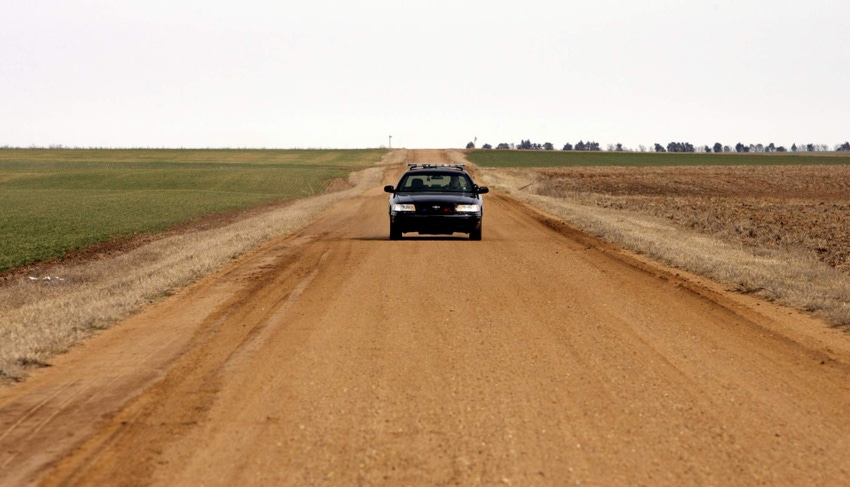Do you really write down suspicious truck tags?
Brand inspectors take exception to a couple of responses to BEEF’s animal ID survey.

I had the distinct pleasure of spending several days last week at the 71st annual convention of the International Livestock Identification Association (ILIA), where I was one of the speakers. ILIA is comprised primarily of brand inspectors and law enforcement folks who investigate cattle theft. And as you can tell, based on the number of conferences they’ve had, the group has been active for quite some time.
Over those years, the situations that ILIA members find themselves working in have changed considerably. Back in the day, brand inspectors didn’t have to worry about coming face-to-face with drug runners and didn’t need to know how to recognize a potential terrorist threat. Those were topics of intense interest at this year’s convention.
READ: STOP, Thief!
My talk, on the other hand, was about a survey BEEF did of its readers early this year on animal identification. As you might guess, that’s also a topic on ongoing and intense interest among ILIA members. After all, the better that animals are identified, the easier it is for them to find those animals should they be stolen. “Well sir, they were the prettiest set of black heifers you’ve ever seen” doesn’t give investigators much to go on if they don’t have any permanent identification.
And make no mistake: the ILIA members I had the pleasure of being with last week are completely dedicated to protecting you and your livestock.
I walked through a number of responses from the survey, which you can read here, and we had good discussion around several. Two questions that generated the most discussion were: Do you alert law enforcement when you see unusual activity? And Do you write down descriptions of suspicious vehicles?
To the question of Do you alert law enforcement when you see unusual activity, 90% of BEEF readers responded yes and 10% said no. Likewise, 86% of readers said yes when asked if they write down descriptions of suspicious vehicles, while 14% said no.
ILIA members at the conference indicated that their experience is different. While nobody came out and said as much, my guess is that their experience would be closer to taking those numbers and flip-flopping them. One brand inspector was very blunt in his reaction to those figures. Another speculated that folks answered the question based on what they know they should do, rather than what actually happens.
In the survey, we also asked if readers have a relationship with local law enforcement. BEEF defines that as do you know your county sheriff well enough to call him or her by first name? Have you visited with the deputy sheriffs who drive by your place and can they recognize you, your family and employees? Same with the brand inspector and game warden.
A strong majority, 71%, indicated that they have such a relationship with local law enforcement. That’s good. Because just like the brand inspectors, sheriff departments and wildlife officers are truly dedicated to protecting you and your property. And in non-band states that don’t have a state agency specifically designed to investigate cattle theft, they’re your front line defense against the bad guys.
But they need your help.
Most of you carry a note pad in your pickup. Make a habit of jotting down the description of vehicles that seem suspicious and if at all possible, get a license plate number.
Then make that phone call.
About the Author(s)
You May Also Like


.png?width=300&auto=webp&quality=80&disable=upscale)
